 Also known as the Colt Cloverleaf, the Colt House Pistol was a small 4-shot single-action revolver chambered for .41 short/long rimfire. The image above is a typical example.
Also known as the Colt Cloverleaf, the Colt House Pistol was a small 4-shot single-action revolver chambered for .41 short/long rimfire. The image above is a typical example.
Available with 1.5″ and 3″ barrels, this gun was designed to fill the same role as a derringer: small personal protection, but with greater ammunition capacity. The frame looks like bronze; there were nickel-plated versions available. The blued versions, and the models with the short barrel, carry a high premium.
The 4-shot cylinder had a unique shape which led to the “Cloverleaf” nickname.
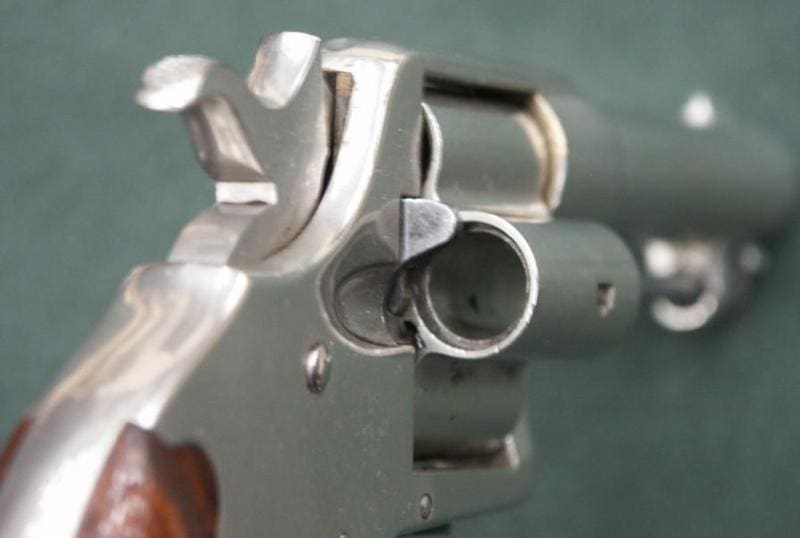
Chambered in the same .41 short rimfire cartridge that Remington derringers used, it was not a very powerful round.
 The 130gr projectile only had 13gr of black powder to make it go. Translation: approximately 425 fps velocity and 52ft/lb of energy. From the Wikipedia entry: “Cartridges of the World states that when fired at a hard object, such as a tree, from a distance of 15 yards (14 m) or more, the bullet often bounces off. Reportedly, when shot at a target more than 20 yards away, the shooter hears two distinct reports: first the gun being fired; and second, the lead bullet striking the target.” There was also a .41 rimfire long cartridge, which was only marginally more powerful.
The 130gr projectile only had 13gr of black powder to make it go. Translation: approximately 425 fps velocity and 52ft/lb of energy. From the Wikipedia entry: “Cartridges of the World states that when fired at a hard object, such as a tree, from a distance of 15 yards (14 m) or more, the bullet often bounces off. Reportedly, when shot at a target more than 20 yards away, the shooter hears two distinct reports: first the gun being fired; and second, the lead bullet striking the target.” There was also a .41 rimfire long cartridge, which was only marginally more powerful.
Colt made about 7500 of the standard Cloverleaf between 1871 and 1876. But they also made another version, with a 5-shot unfluted cylinder. This is the version I took pictures of:
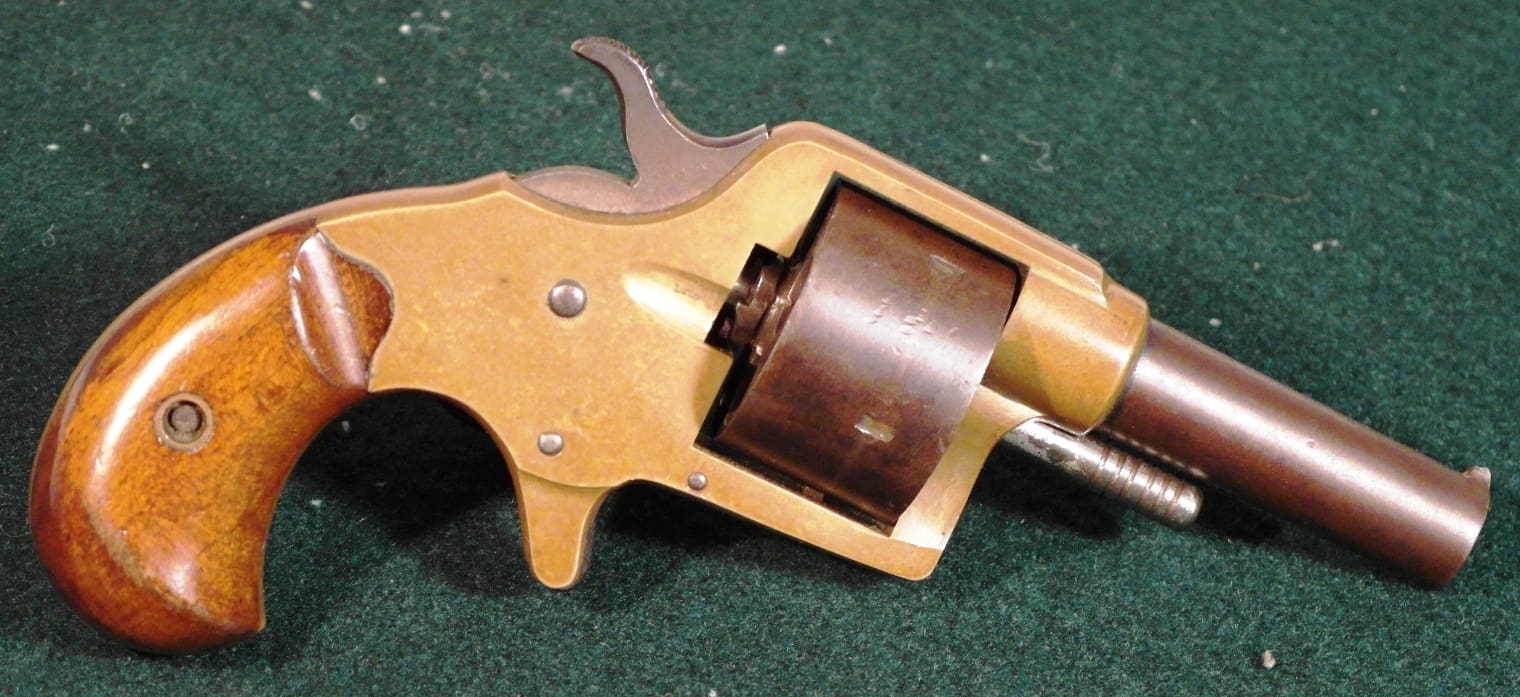
This version was only made with a 2-5/8″ barrel, and only 2,500 were made. Yet the more common 4-shot version is more valuable.
There is a ding in the front sight of this 5-shot example, and it is bent over to the right. I don’t know if that is accidental damage, or an intentional modification to adjust the point of aim. The rear sight is a channel cut into the topstrap.
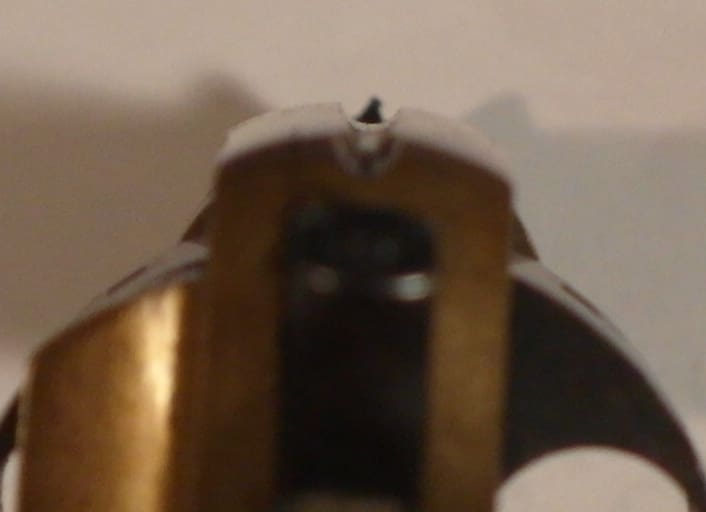
As a single-action revolver with a spur trigger (and no trigger guard), the action is pretty stiff.
 I recall that a company made some .41 rimfire ammo a few years back. It was expensive when it was sold new, and even more expensive now that there are a limited # of rounds left. I don’t have any, so I cannot provide any shooting impressions. I will keep my eye open at gun shows, maybe I can find a few.
I recall that a company made some .41 rimfire ammo a few years back. It was expensive when it was sold new, and even more expensive now that there are a limited # of rounds left. I don’t have any, so I cannot provide any shooting impressions. I will keep my eye open at gun shows, maybe I can find a few.
It’s a neat little piece, and a part of Colt’s history here in Connecticut.


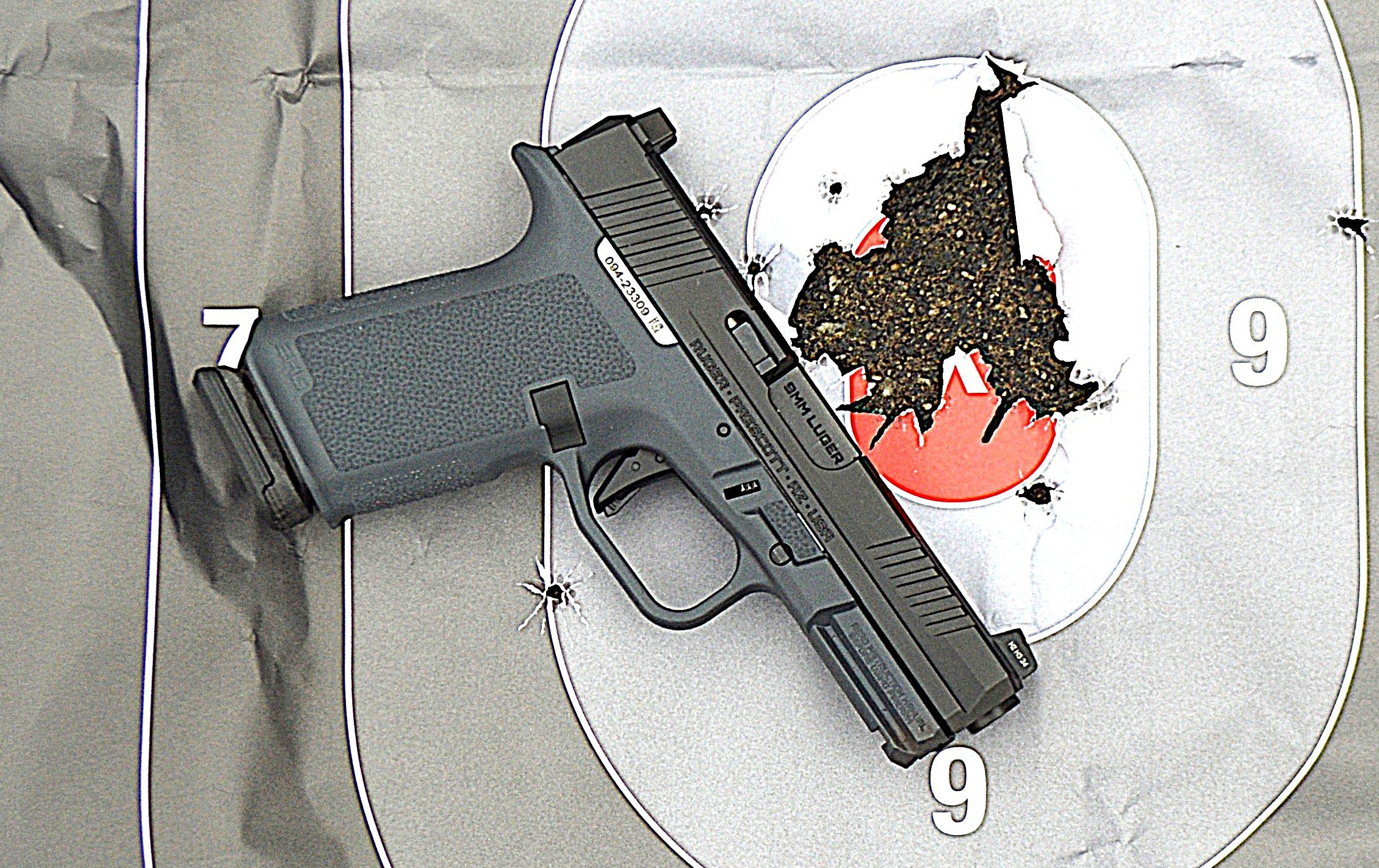



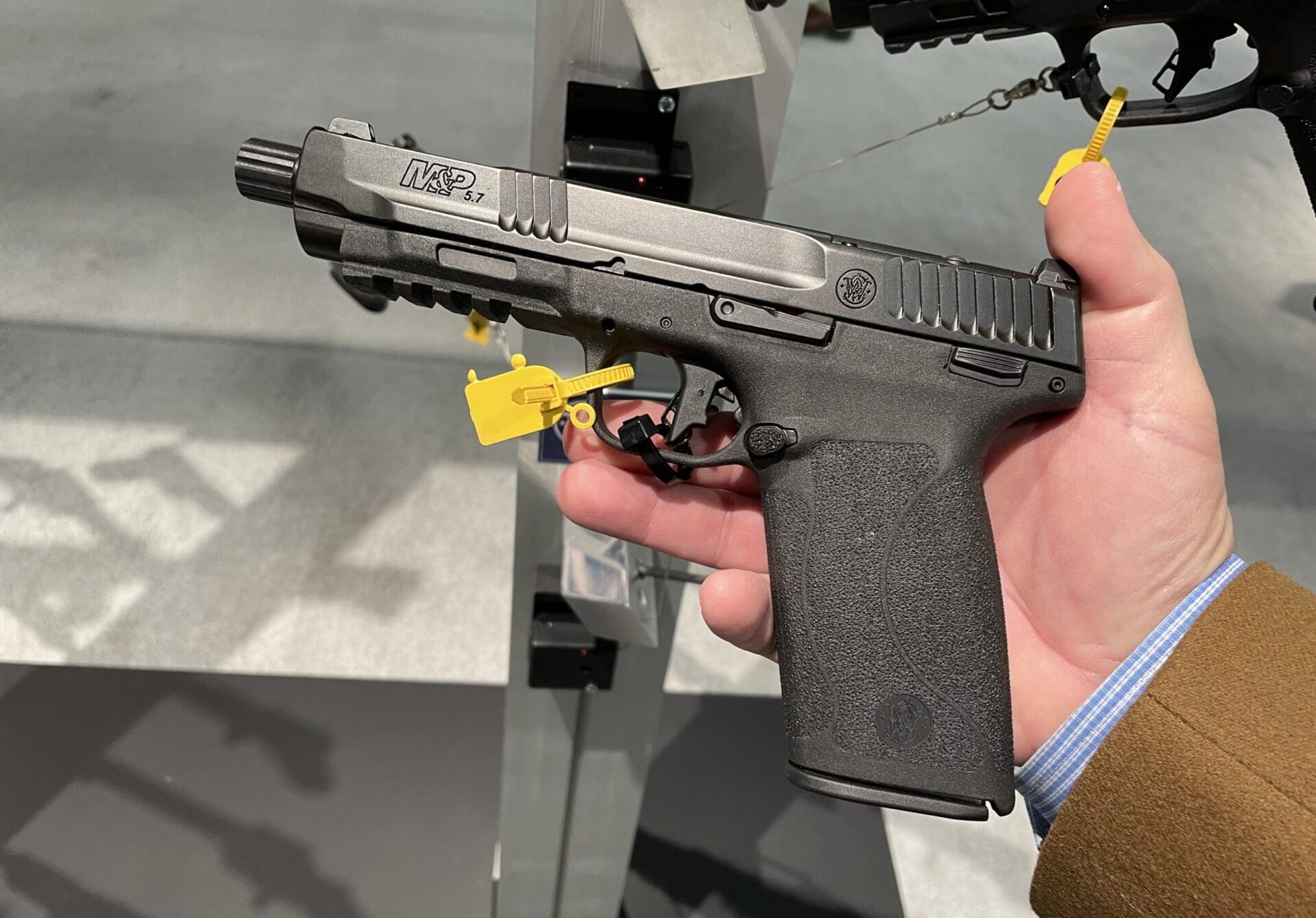

Try here http://americancustom.tripod.com/ they made ammo for a friends 7mm Nambu. They may be a bit pricey but an email for a quote only costs you time.
Thanks for that.
Certainly obsolete since perhaps the 1870’s. Yet, this still beats throwing
rocks, swinging a stick, brandishing a pocket knife, pair of scissors, or
whatever. Fortunately the venerable .38 Special remains with us and
despite it’s origin in 1899, it is still very much alive. My idea of a classic
house handgun is exactly that: a .32 or .38 caliber revolver (double action
with 5 or 6 shot swing out cylinder).
http://hlebooks.com/32rfkit/prices.htm
You can get brass, bullets, and reloading tools for RELOADABLE .32, .38. and .41 rimfire cartridges (and pinfire cartridges, as well) there.